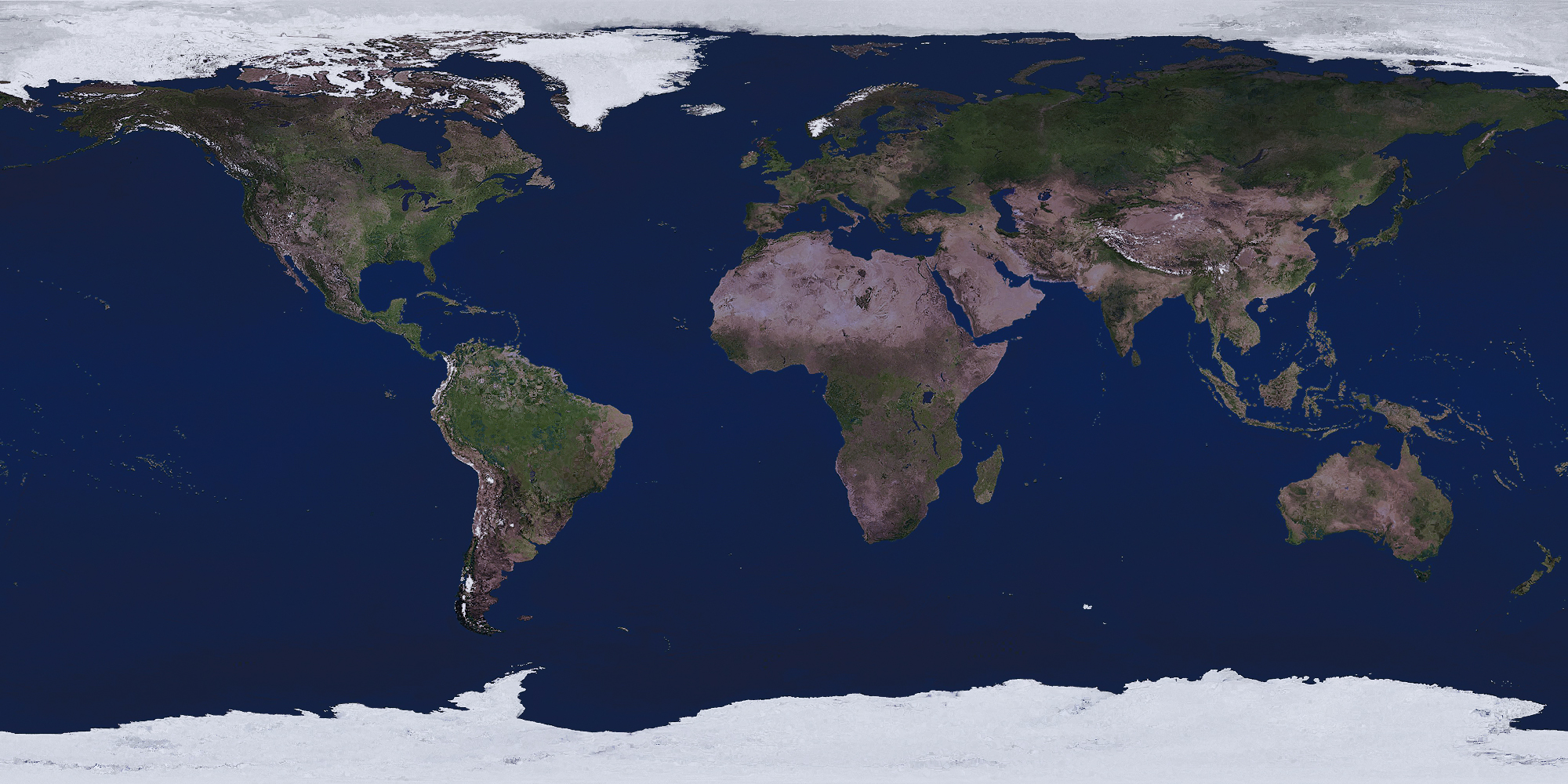Table of Contents
- Achieving climate neutrality through system-wide collaboration | Yara ...
- Earth
- HARMLESS THOUGHTS: Earth Day 2011
- New Year, New Opportunities | The Gentle Art of Blessing
- EDGE — Earth Dynamics Geodetic Explorer
- Reduce Footprints: 17 Tips For Spring
- पृथ्वीने एक सेकंद जरी फिरणे बंद केले तर काय होईल?
- Juno: New Origins | Earth
- Barack Obama - Second Term Flare-Ups | Barack Hussein Obama … | Flickr
- Board Spotlight: Dr. Cullen Geiselman Muse - Houston Arboretum & Nature ...
NASA's Earth Science mission is dedicated to understanding our home planet and its place in the universe. With a fleet of satellites and a team of expert scientists, NASA is working to unravel the mysteries of our planet and provide critical information for managing natural resources, predicting weather patterns, and mitigating the effects of climate change.
Understanding Earth's Systems
NASA's Earth Science mission is focused on understanding the complex systems that make up our planet. From the atmosphere and oceans to the land and ice, NASA's researchers are working to study the interactions between these systems and how they impact the environment. By using advanced technologies such as satellite imagery and computer modeling, scientists can gain insights into the Earth's climate, weather patterns, and natural hazards like hurricanes and wildfires.

Studying Climate Change
One of the key areas of focus for NASA's Earth Science mission is climate change. By studying the Earth's climate system, scientists can better understand the causes and effects of climate change and provide critical information for policymakers and stakeholders. NASA's research has shown that the Earth's temperature is rising, and that human activities such as burning fossil fuels and deforestation are major contributors to this trend. By understanding the impacts of climate change, we can work to mitigate its effects and create a more sustainable future.

Earth Science Applications
NASA's Earth Science mission has many practical applications that benefit society. For example, NASA's weather forecasting models help predict severe weather events like hurricanes and tornadoes, allowing for evacuations and emergency preparedness. NASA's research on natural resources such as water and soil helps farmers and policymakers manage these critical resources more effectively. Additionally, NASA's study of the Earth's oceans provides insights into the health of marine ecosystems and the impacts of human activities on the marine environment.

Technological Innovations
NASA's Earth Science mission is driven by technological innovations that enable scientists to study the Earth in unprecedented detail. From advanced satellite sensors to high-performance computing, NASA's researchers are using cutting-edge technologies to analyze vast amounts of data and create detailed models of the Earth's systems. These technological innovations have also enabled the development of new tools and applications that benefit society, such as GPS and weather forecasting apps.
In conclusion, NASA's Earth Science mission is a critical component of our understanding of the Earth and its place in the universe. By studying the Earth's systems, climate change, and natural resources, NASA's researchers are providing critical information for managing our planet and creating a sustainable future. With its technological innovations and practical applications, NASA's Earth Science mission is an essential part of our efforts to protect and preserve our home planet.
